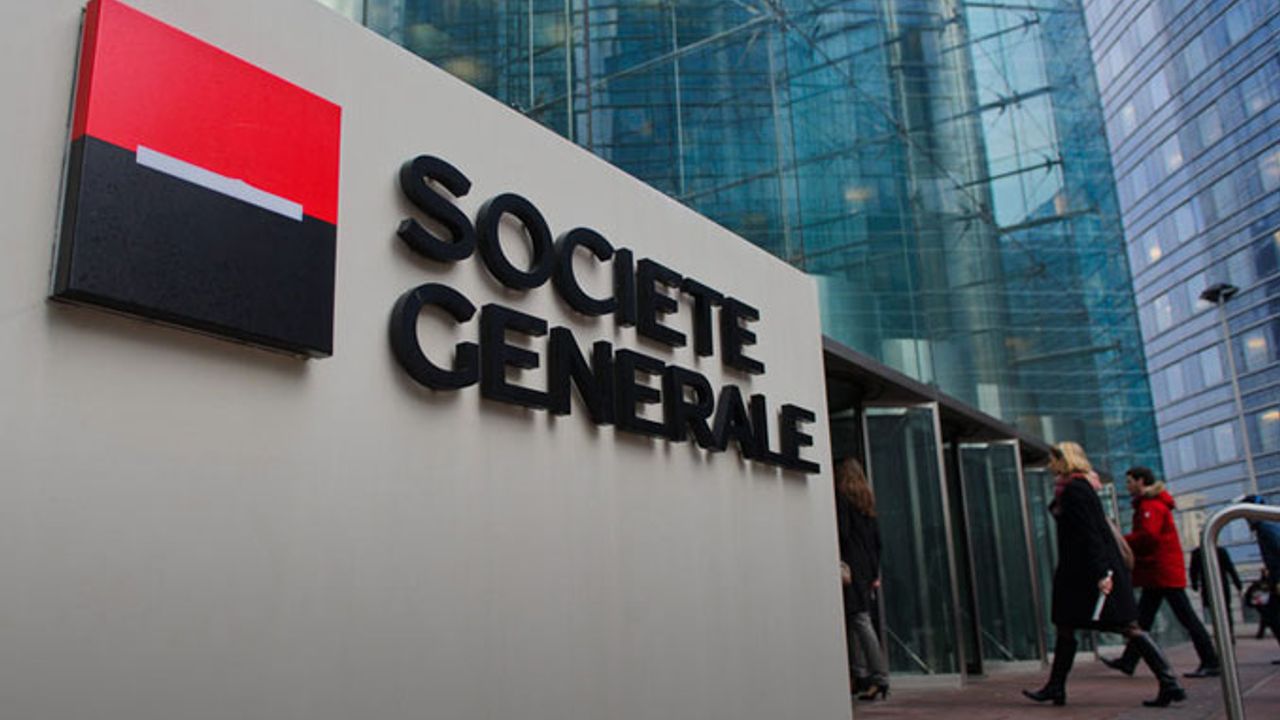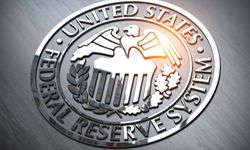Investors, who attribute the end of the rally in US stock markets to high bond yields, are also evaluating the possibility of a rally in stocks for the end of the year.
According to Societe Generale, investors have only 6 months to 'buy at the bottom'. At the end of this period, the bank predicts a strong wave of sales in the US stock markets.
The future of the markets
In a note on US equities, Societe Generale explains its view on how markets will fare in the near term, reports Barbara Kollmeyer for MarketWatch. "We expect the earnings cycle to improve over the next six months and cyclical data such as the ISM to rise to 55 before a downturn in consumer spending leads to a sell-off in US equities," says Manish Kabra, head of US equity and multi-asset strategist at Société Générale. The ISM manufacturing index data is a monthly survey that measures changes in the manufacturing sector in areas such as production, labor force, new orders and inventories.
Corporate profit expectations
Corporate profit expectations are behind most of these forecasts for stocks. "We expect profit growth to accelerate over the next two quarters, hence our target range for the S&P 500 Index is 4,050 to 4,750 points. In mid-2024, a mild recession could lead to a higher risk premium, pushing the index back to 3,800 points," Kabra writes.
And Kabra differs from Morgan Stanley strategist Mike Wilson and others who doubt the durability of corporate earnings this year. Kabra differentiates himself from other strategists by saying: "The move in the major US equity averages this year has all been the result of higher valuations. But with the expected price of the S&P 500 Index last month reaching 20 times earnings multiples, stocks not only anticipated higher earnings and growth, they needed it."
The S&P 500 Index maintained a 10 percent gain for 2023, while the 10-year Treasury bond yield rose to 4.71 percent from 3.8 percent midweek. According to FactSet, companies in the S&P 500 Index are expected to report an annualized earnings decline of 0.3 percent in the third quarter, but in the fourth quarter, analysts expect growth of 8.2 percent. A possible negative quarterly growth would be the fourth consecutive quarter for the S&P 500 Index.
Société Générale's note suggests that the global profit cycle is still on the upswing and that signals from the earnings per share forecast distribution are helping credit spreads not to widen significantly despite negative signals from credit standards.
Where is the top in bond yields?
Strategist Kabra also answers the number one question on Wall Street right now: "What level should be considered too high for bond yields?"
"When will rising yields become a problem leading to potential default risk? The answer is when the profit/growth cycle turns negative. Currently, we are seeing positive signals with the SG Global Cycle Indicator improving and fundamental data such as the EPS forecast dispersion continuing to fall, supporting credit spreads," Kabra writes.
Finally, Kabra lays out the bank's best estimate ranges for 10-year bond yields under various scenarios:
No recession: US 10-year bond yields range between 4 percent and 5 percent, while the S&P 500 Index hovers between 4,050 and 4,750 points.
Mild recession: In this assumption, which is also Societe Generale's base scenario for 2024, US 10-year yields range between 3 percent and 3.5 percent and the S&P Index hovers at 3,800 points.
Hard landing or recession: US 10-year bond yields range between 2.5 percent and 3 percent and the S&P Index between 3,100 and 3,500 points.
Irrational exuberance or 'no landing': In the event of a global event triggering Fed easing, the S&P Index could see new highs.














